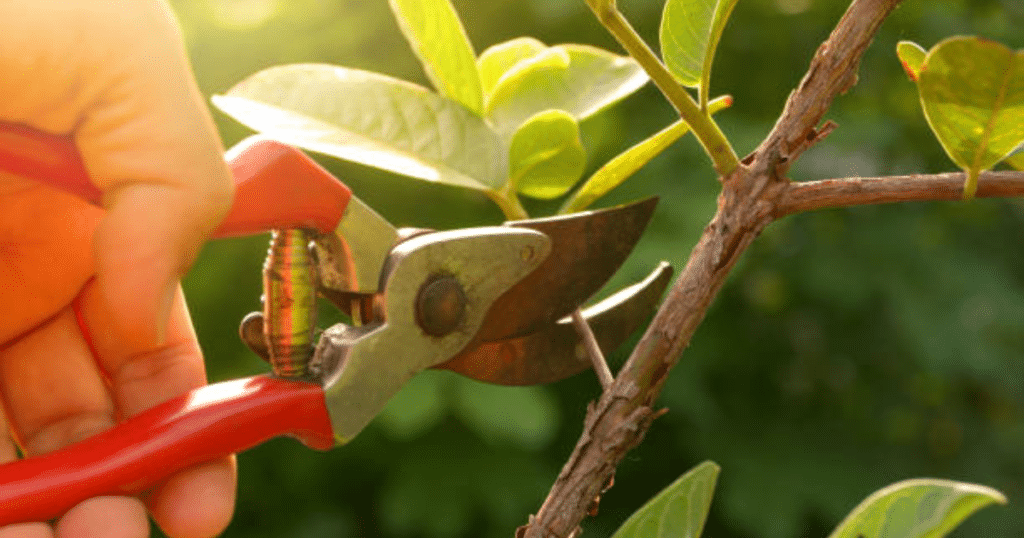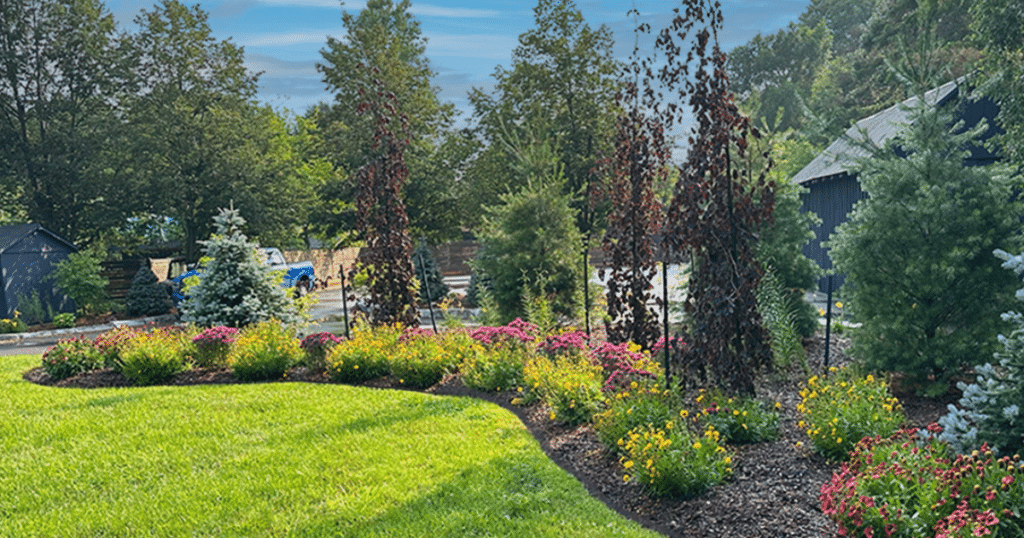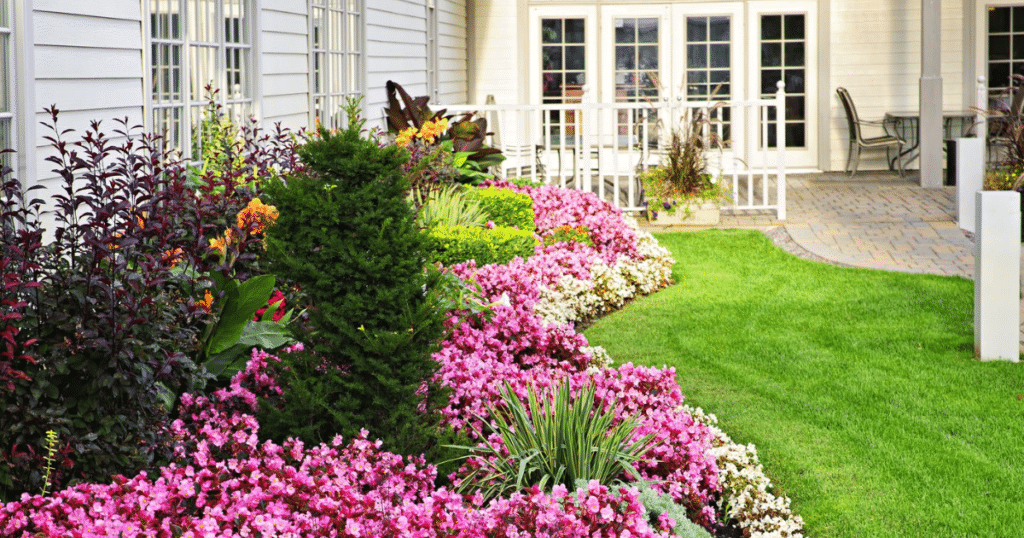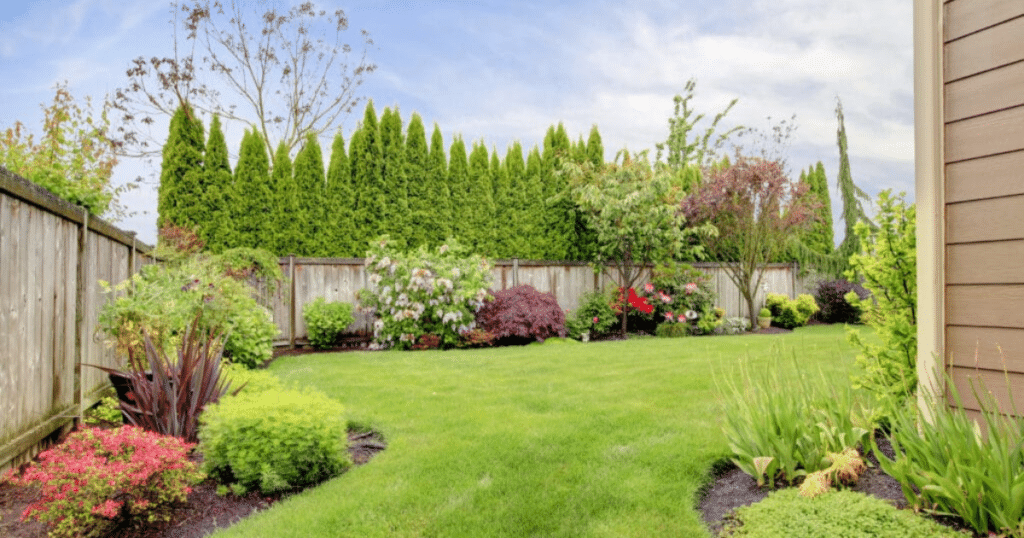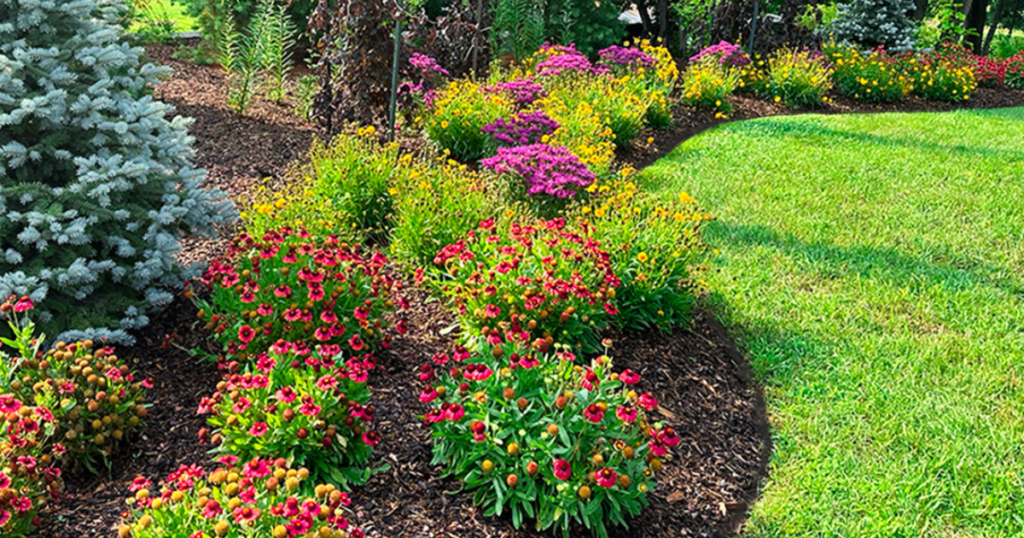Understanding Carotenoids
As summer gradually gives way to autumn, nature performs one of its most enchanting transformations: the changing of leaves from vibrant greens to a dazzling array of reds, oranges, and yellows. But what exactly causes this breathtaking phenomenon? In this blog post, I will delve into century old phenomenon: the science behind the change in leaf colours during the fall.
What is Chlorophyll
To understand why leaves change colours, we must first acquaint ourselves with chlorophyll – the pigment responsible for the green hues in leaves throughout the spring and summer. Chlorophyll plays a crucial role in photosynthesis, the process by which plants convert sunlight into energy. During this process, chlorophyll absorbs sunlight, allowing the plant to produce glucose and oxygen.
However, as the days grow shorter, and the temperatures drop in the fall, trees and other deciduous plants receive signals to prepare for the upcoming winter. One of these signals is a decrease in sunlight, which triggers the decline of chlorophyll production.
Revealing Hidden Pigments
With less chlorophyll being produced, the green colour in leaves begins to fade. As a result, other pigments that have been present in the leaves all along become more visible. These pigments are called carotenoids (I know right, say that three times fast). Carotenoids are responsible for the warm, earthy tones of yellow and orange that we associate with autumn foliage.
Carotenoids are always present in the leaf, but they are typically masked by the dominant green of chlorophyll. When chlorophyll production slows down and eventually ceases, these pigments are revealed in all their glory. The specific combination of carotenoids in each leaf species contributes to the unique shades of yellow and orange seen during the fall.
The Spectacle of Anthocyanins
While carotenoids are responsible for many of the classic fall colours, some trees and plants take the show a step further. The brilliant reds and purples seen in certain species, like maples and dogwoods, are a result of another group of pigments known as anthocyanins.
Unlike chlorophyll and carotenoids, anthocyanins are not always present in leaves. Their production is triggered by various factors, including cool temperatures and an increase in sugar concentration within the leaf. These pigments not only create vibrant reds and purples but also add a touch of unpredictability to the fall foliage display, as their intensity can vary from year to year.
The Influence of Weather and Geography
The timing and brilliance of fall foliage can also be influenced by weather conditions and geography. A warm, wet spring and a mild autumn with sunny days and cool nights tend to produce the most stunning displays of fall colours. In addition, different tree species and regions experience the changing of leaves at verifying times, creating a tapestry of colours across the landscape.
The magic of autumn’s leaf colour change is a beautiful symphony of biological processes and environmental factors. As chlorophyll takes a step back, it unveils the hidden pigments within leaves, creating the mesmerizing spectrum of reds, oranges, yellows, and purples that we eagerly await each fall. So, the next time you find yourself immersed in the vibrant hues of autumn, take a moment to appreciate the intricate science and artistry behind this awe-inspiring transformation of nature.









